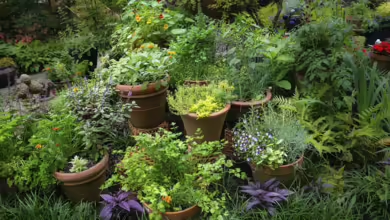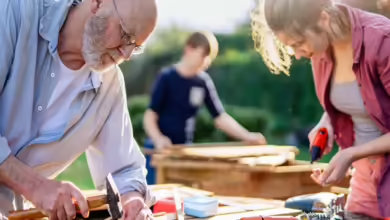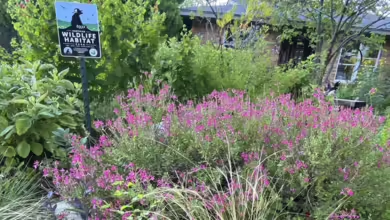Successful Vegetable Gardening Tips
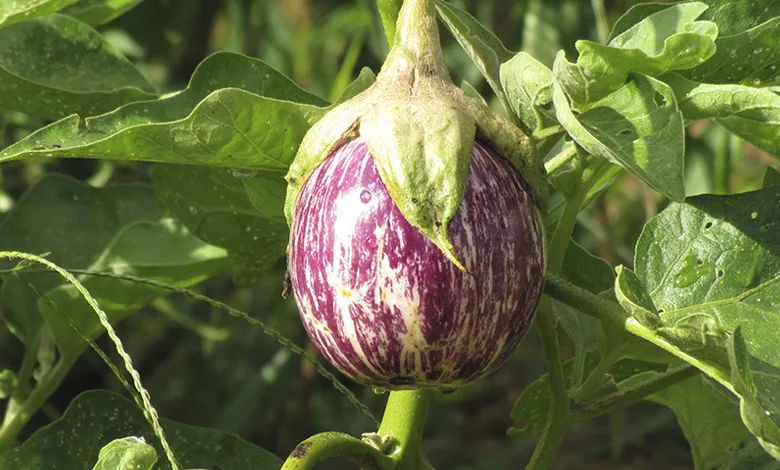
More people are embracing planting edible gardens to help with the effects of soaring food prices, and vegetable gardens are emerging as a particularly favored choice. Another effective option is participating in local community gardens or community gardening programs, which offer practical ways to manage and reduce expenses.
Growing vegetables is an excellent way to cultivate fresh produce, save money, and enjoy physical activity. It’s a year-round adventure, with many leafy vegetables thriving in the winter, followed by corn, carrots, peas, potatoes, onions, and asparagus in early spring.
As summer progresses, consider planting vegetables and other edibles like peppers, cucumbers, beans, melons, tomatoes, squash, pumpkins, watermelon, and okra.
Regardless of the technicalities, it’s always enjoyable to reap what you sow!
Whether you have a petite sunny area in the landscape or large containers to grow vegetables— you can do this!
Follow These Tips for a Thriving Garden:
- A sunny location. Most vegetables need 6 to 8 hours of sun.
- Good drainage.
- Good air circulation.
- Watering slowly and early in the morning. Drip irrigation or a soaker hose is best.
- Start small. But choose a location to expand if you want a larger vegetable garden.
- Plant at the recommended time from seeds or transplants.
- Give the plants room. Overcrowding stunts growth and reduces air circulation.
- Grow vertically. Use welded wire cages or a trellis to support the various plants.
- Rotate crops. Avoid planting the same plant family in the exact location each year.
- Use slow-release fertilizers.
- Keep weeds under control.
- Identify insects. Not all insects are harmful. Only use safe control measures.
- Harvest, wash, refrigerate, and use or freeze at the peak of freshness.
How Many Plants You Need for a Bountiful Garden
When planning your vegetable garden, remember that four tomato plants usually produce a plentiful harvest. Two or three squash plants should suffice, and three or four types of peppers will add delightful variety to your garden. It’s important to plant what you can consume fresh unless you’re prepared to preserve excess produce through canning or freezing. This gardening approach ensures optimal utilization of your garden space and helps minimize waste.
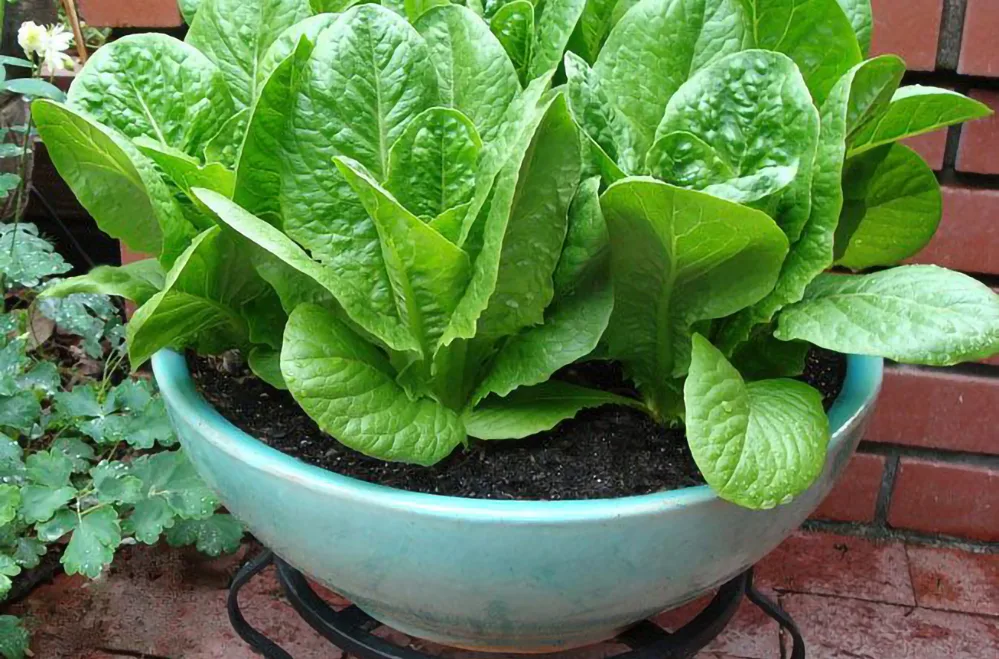
Consider Container Gardening
If you do not have an area for a vegetable garden, try growing them in large containers, raised beds, or as part of your landscape alongside your plants. If you incorporate veggies into your landscape, remove enough of the lawn to prepare the soil and grow the edibles.
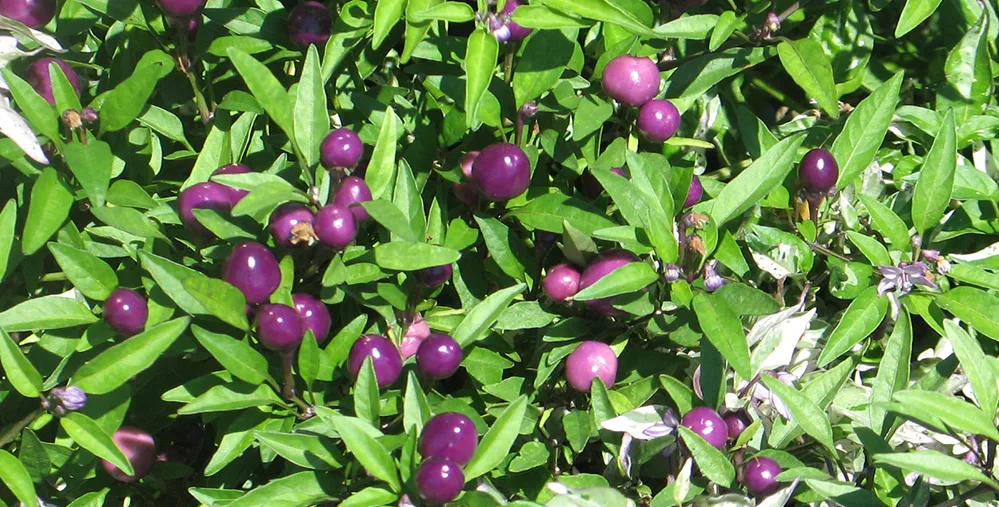
Vegetables, Fruits, and Legumes You Can Plant this Spring and Summer:
- Beans (all varieties)
- Cucumbers (use a trellis or cage)
- Squash and zucchini (many varieties)
- Eggplant and okra
- Cantaloupes, pumpkins, and peppers (many varieties)
- Watermelon (plant the smaller varieties because these produce the watermelon faster.)

Add Delightful Herbs to Your Edible Garden
Many can grow in landscapes or containers. Perennial herbs include oregano, sage, thyme, rosemary, and mint. Annual herbs are sweet basil (several varieties), lemongrass, dill, and fennel. Biennials to plant in the fall are cilantro and parsley.
If there are other vegetables you want to grow that are not mentioned, call the Collin County Extension office at 972-548-4233 or visit the website at www.collincountygardening.tamu.edu.
Get your hands dirty and savor the satisfaction of harvesting fresh vegetables and herbs you’ve nurtured and grown in your own successful and bountiful garden!




